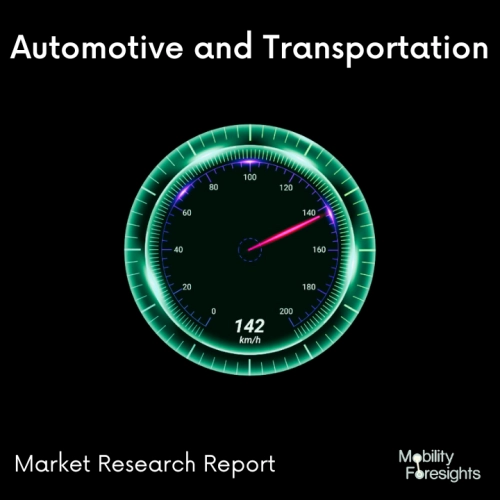
- Get in Touch with Us

Last Updated: Apr 25, 2025 | Study Period: 2024-2030
In EV batteries, microcellular polyurethanes are utilised as thermal interface materials (TIMs) to improve heat transfer between the cooling system and the cell.
Lithium-ion (Li-ion), Nickel Manganese Cobalt (NMC), Nickel Metal Hydride (Ni-MH), Lithium Sulphur (Li-S), and Lead-Acid are the most popular battery chemistries for electric vehicles.
In place of Lithium-ion batteries, nickel-metal hydride batteries are frequently used in hybrid vehicles. Materials known as thermal interface materials (TIMs) are utilised to better drain heat from electronics equipment.
They are often positioned in between the heat-generating chip, component, or device and the heat-spreading substrate or dissipating apparatus.
A significant aspect of this energy shift is the electric vehicle (EV) revolution, and the battery metals that are enabling it are of interest to many market observers.
Although graphite, vanadium, and manganese are all common battery ingredients, lithium and cobalt now command the most attention.

The Global EV (Electric vehicle) battery heat release material market accounted for $XX Billion in 2023 and is anticipated to reach $XX Billion by 2030, registering a CAGR of XX% from 2024 to 2030.
The Xydar liquid crystal polymers (LCP) portfolio of Solvay, a market leader in speciality materials, has announced the addition of a new high-heat and flame released grade that is intended to meet stringent safety requirements in EV battery components.
The battery module plates of electric vehicle models that use higher voltage systems are specifically targeted by the new Xydar LCP G-330 HH material, which fulfils demanding thermal and insulation requirements.
It is an injection-moulded glass-filled LCP that can maintain its electrical insulation after being exposed to 400°C for 30 minutes.
Without the addition of halogen or bromine additives, Xydar LCP is a polymer that is naturally flame retardant.
Additionally, it provides remarkable flowability and aids battery designers in creating thinner parts than are feasible with current technologies.
| Sl no | Topic |
| 1 | Market Segmentation |
| 2 | Scope of the report |
| 3 | Abbreviations |
| 4 | Research Methodology |
| 5 | Executive Summary |
| 6 | Introduction |
| 7 | Insights from Industry stakeholders |
| 8 | Cost breakdown of Product by sub-components and average profit margin |
| 9 | Disruptive innovation in the Industry |
| 10 | Technology trends in the Industry |
| 11 | Consumer trends in the industry |
| 12 | Recent Production Milestones |
| 13 | Component Manufacturing in US, EU and China |
| 14 | COVID-19 impact on overall market |
| 15 | COVID-19 impact on Production of components |
| 16 | COVID-19 impact on Point of sale |
| 17 | Market Segmentation, Dynamics and Forecast by Geography, 2024-2030 |
| 18 | Market Segmentation, Dynamics and Forecast by Product Type, 2024-2030 |
| 19 | Market Segmentation, Dynamics and Forecast by Application, 2024-2030 |
| 20 | Market Segmentation, Dynamics and Forecast by End use, 2024-2030 |
| 21 | Product installation rate by OEM, 2023 |
| 22 | Incline/Decline in Average B-2-B selling price in past 5 years |
| 23 | Competition from substitute products |
| 24 | Gross margin and average profitability of suppliers |
| 25 | New product development in past 12 months |
| 26 | M&A in past 12 months |
| 27 | Growth strategy of leading players |
| 28 | Market share of vendors, 2023 |
| 29 | Company Profiles |
| 30 | Unmet needs and opportunity for new suppliers |
| 31 | Conclusion |
| 32 | Appendix |